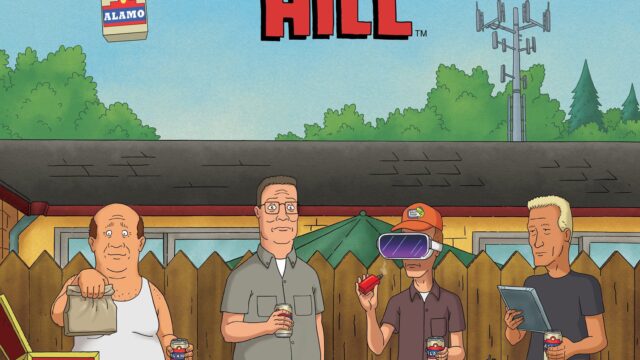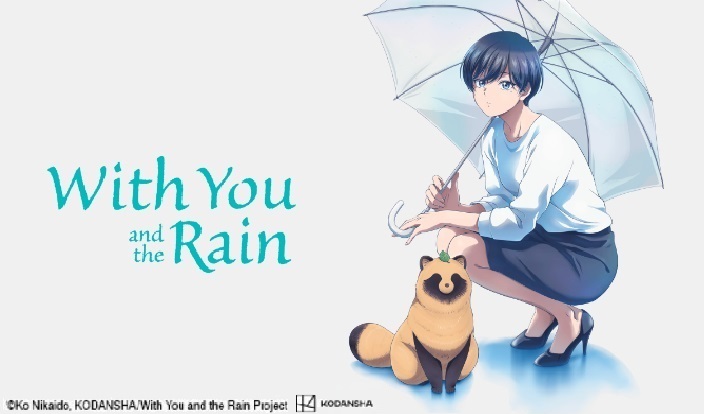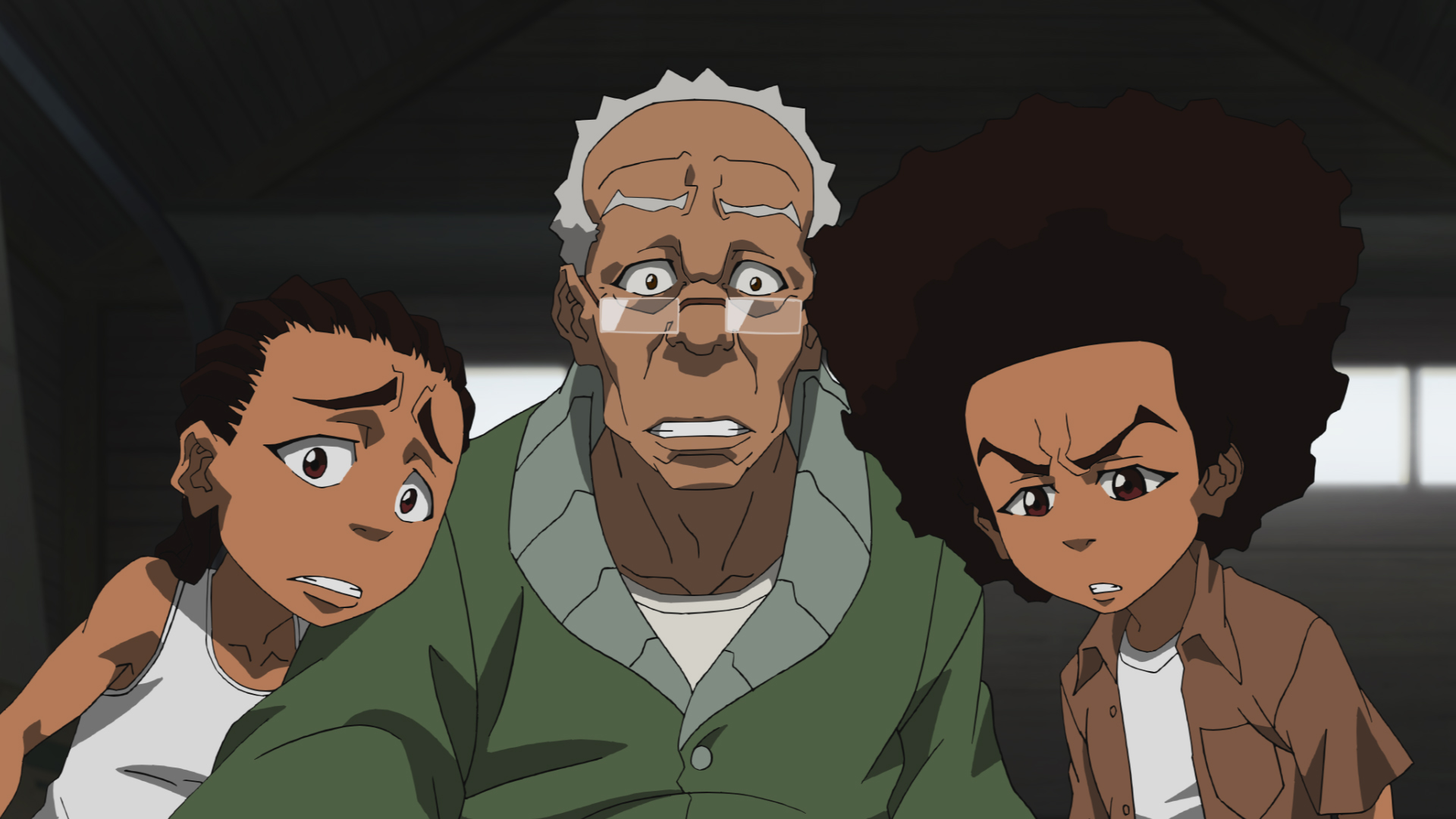Season Review: The Liberator Season One
Overview:
The Liberator is based on true events and an adaptation of a novel with the same name.
The story follows Felix Sparks, a captain of the US military on the brink of attacking Nazi Germany in the 1940s. As part of one of the first regiments sent to Europe during the conflict and one of the last to leave, Sparks spent over 500 days at the forefront of the planets most tragic war.
The four-part miniseries captures the most heroic and life-changing events of World War II from the eyes of Felix Sparks and the 157th Infantry. A Regiment that was considered outcasts and misfits based on their mixed ethnicity including Mexicans, Italians, and Native Americans. Their odyssey takes them from Nazi-occupied Italy to joining the Allied forces in France, to winning the war on German soil.
But not without cost.
Our Take:
The Liberator is a series that has had a lot of eyes on it since it was announced two years ago.
The idea sparked intrigue as an adult animation that would tell a true story from one of the most memorable events of recent history.
An animated series about World War II is enough to raise eyebrows. But production company A&E Studios made waves when partnering with School of Humans. The animation studio intended The Liberator to be the first to utilize an original technique called Trioscope Enhanced Hybrid Animation.
Trioscope is a crossbreed of 3D animation and Rotoscope. Rotoscope is a technique where the live-action film is painted over digitally or manually, frame by frame to produce realistic animation. Where Rotoscope is filmed on location and the complete frames are traced over, Trioscope is the next evolution. The actors perform their roles in front of blue screens and the backgrounds and settings are added digitally, creating lifelike performances in 3D animated spaces.
Given that The Liberator is our first-ever look at the Trioscope technique, we can start our review there.
The method is effective at its goal. The actor’s emotions or lack-there-of are delivered as clear as they would be in live-action. The animation allows you to connect and differentiate the characters with clarity and without distraction.
And the world around them is as detailed and dramatic as you can get out of 3D animation. At times, it is difficult to decipher whether the settings are real, and the characters are placed in. Making it an impressive technique with limitless opportunities.
There are some flaws.
The most glaring of which is the animation of vehicles. The highly detailed machines look fantastic, though the animation causes them to look hilariously like children’s toys. Additionally, there are many unnecessary lines and broad strokes that take away from the realism. A crease in a pair of pants or a sharp curve in a character’s jaw are often over-exaggerated. This may help to keep you connected to the animation, but it could use some finesse as to not distract.
The Liberator was an ambitious project that created many challenges to be sure. And the setting of WWII gave the animators something really intriguing to dig their mitts into. Though the true story likely does not give us the complete feel of what Trioscope is capable of.
We know from Rotoscope features like A Scanner Darkly, or Amazon Prime’s Undone, that the unique animation creates opportunities where otherwise there would be none. A character can dive into their own mind or float through outer space almost effortlessly. Animation can take the story anywhere with a talented team of artists behind it.
The Liberator pulled off an action-packed story set in the real world nearly flawlessly. However, it would have been satisfying to see the animation go off the rails at certain points. The artists could have done something original and never-before-seen when there was a nearby explosion or a shot to a central character’s head.
As fun and exciting as it is, the animation is just one part that makes up the mini-series.
The performances alone make this a pretty stand-out series. Martin Sensmeier (Westworld, Magnificent Seven) was one of the stand-out supporting characters and was acted with force. The aging private, Pop, who signed up to keep his boy safe was made even more touching thanks to the skills of Michael Shaeffer (Star Wars: Rogue One, ABC Murders). But Bradley James (Merlin, Medici) as Felix Sparks put Captain America to shame and I cannot wait to see him inevitably appear in an MCU feature.
Finally, we can get into this amazing story, which is likely the best part of the limited series.
Features made about the war tend to suffer from one thing, blatant patriotism and one-sidedness. A good WWII film can be ruined with American propaganda and ignoring the true issues at hand. However, The Liberator has no problem declaring from the start that America is far from perfect, especially in the 1940s. Entering a war that was centralized around antisemitism, while on their home turf racism was a blaring issue.
The Liberator is not just a story about war heroes and survival during one of modern histories most perilous events. It attacks systemic racism head-on and shows how dangerously close they were to becoming no better than their enemies. It does that while telling a story of men of different race and colours coming together as equals to fight for what is right.
Additionally, the 500+ day trials of the 157th Regiment helped to paint a broader picture of the war. Majority of war films focus on certain events or battles. The Liberator is able to tell a more complete version of America’s contribution. It starts as tensions are growing and finishes with some of the most heartbreaking aftermaths; without missing any of the action and heroics in between.
There was an expectation that The Liberator would be unique and exciting. And what was delivered was unexpectedly better. Surprisingly relevant and intriguing plot developments make this as good as anything that you will find on Netflix tonight.
The series effectively delivers a unique adult animation. The studio promised that they were attempting to redefine what the media can accomplish. And they delivered an animation that is approachable for anyone. This is no ordinary cartoon, this is an emotional period piece set in the real world.
The fitting Veteran’s Day/Remembrance Day release makes the series better as we remember a time that most of us could not fathom. Though we do currently live in a world in turmoil and racism is still a festering beast that needs defeating. The Liberator effectively takes us back to a time that is much different from now, while also touching dangerously close to home.























"There are also other characters that come and go (also owned by the Warner Bros. Discovery conglomerate media company)."
Huh. Is that just referring to other characters from the show itself, or is this implying that the new season is going to have cameos from other WBD IPs